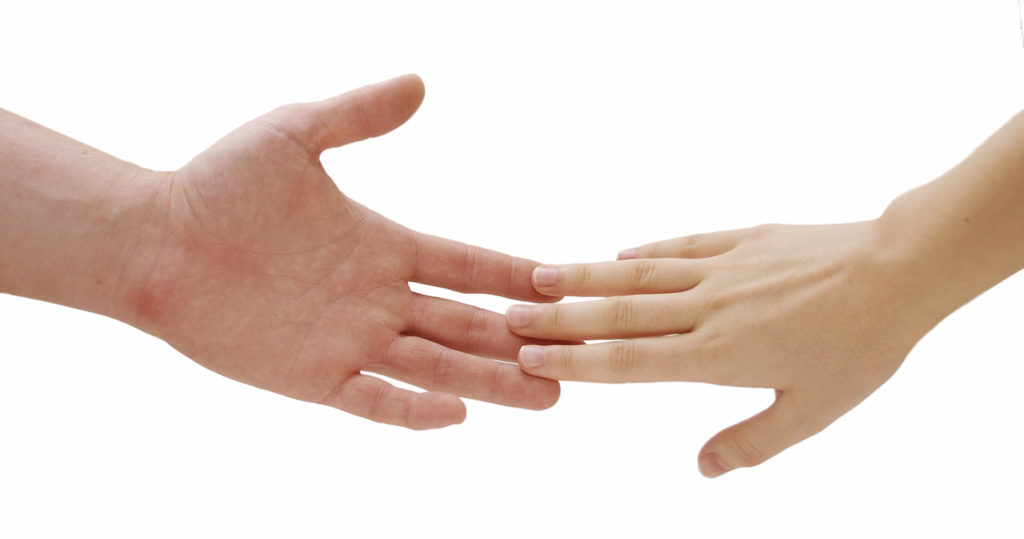Of all the joints in the human body, the wrist is by far the most intricate. This joint comprises an assortment of ligaments and bones. There are 10 bones in the wrist, and the ligaments serve to connect these bones, as well as to provide support for them.
Young Athletes and Wrist Injuries
Young athletes sustain more wrist injuries than any other type of injury. In fact, wrist injuries have been reported as one of the top five injuries among high school students who participate in sports. One common cause of a sports-related wrist injury is falling onto a hand that is outstretched to break a fall.
Although participation in a wide range of sports may lead to fractures and sprains of the wrist and elbow, individuals who participate in certain sports could be especially prone to sustaining wrist injuries. These include football, hockey, basketball, soccer, hockey, and wrestling.
Other high-risk activities for wrist sprains and fractures are skiing, skating, snowboarding, and tennis. Participation in gymnastics and cheerleading can also result in wrist injuries.
Symptoms of Wrist Sprains
When a wrist has been sprained, the injured person may experience weakness in the muscles of the hand, and the individual may even lose wrist mobility.
At the time of the injury, a person may feel the sensation of tissue tearing or the feeling that something has popped out of place. The tissue around the wrist joint can become bruised, swollen, and generally sore, and the entire joint area may be in pain. In the case of such an injury, an individual may feel that the pain is worse whenever the wrist is moved.
Symptoms of Wrist Fractures
When a person sustains a wrist fracture, mobility of the thumb or wrist can become limited. The side of the wrist where the thumb is located may become swollen and tender, and the area may be painful in general.
The wrist may also appear deformed (it may hang in an odd manner or appear to be unnaturally bent).
Common Fractures of the Wrist
Scaphoid fractures and Colles’ fractures are the most common fractures of the wrist. A scaphoid bone fracture is the fracture of a small bone near the thumb.
A Colles’ fracture is a break in the bone on the side of the forearm where the thumb is. Young athletes may be more likely to sustain scaphoid fractures, which may result in further problems that are more serious.
Sprains and Their Degrees of Severity
The term “sprain” is actually used to describe a torn ligament. Sprains of the wrist are classified by their degrees of severity.
A Grade 1 sprain is mild; the ligaments are stretched but not torn (although partial tearing may occur).
A Grade 2 sprain is moderate; the ligaments are torn partially, the wrist may become unstable, and overall functionality may be reduced.
A Grade 3 sprain is severe; the ligament is torn completely, and a fracture may also occur.
Treatment for a Wrist Fracture
If a fracture occurs through the skin or within a joint, or if it shatters the bone, surgery might be the best option. In order for the bone to heal as it should, the wrist must be kept in a proper position of alignment. A cast may be suggested as an alternative to surgery. When surgery is performed, pins, screws, or plates will be utilized. The time it takes for an individual to recover can vary; some fractures take months to heal.
Treatment for a Wrist Sprain
Anti-inflammatory medication may be used to combat inflammation and pain after a sprain. The RICE method is often used as a treatment strategy, as well. RICE is an acronym for the words “rest, ice, compress, and elevate.” 48 hours of rest will be recommended, and a person should try not to move in such a way that the symptoms become aggravated.
The wrist should be treated with ice for the 48 hours after the sprain occurs. The swelling should be compressed with a bandage, and the wrist should be elevated above the heart according to a physician’s instruction.
Anytime an individual sustains a wrist injury, seeing a doctor as soon as possible is essential. An X-ray should be taken, so the doctor may determine whether the injury is a sprain or an unrecognized fracture. Fractures are not always obvious, and they can be incorrectly identified as sprains unless X-rays are taken. A physician may recommend a cast or a splint, but if a severe sprain has occurred, surgery may be needed.
If surgery is performed, a torn ligament should take about six to eight weeks to heal. After surgery, an athlete may need to wait several months before engaging in sports, and physical therapy will likely be recommended to ensure complete and efficient recovery.


Recent Comments